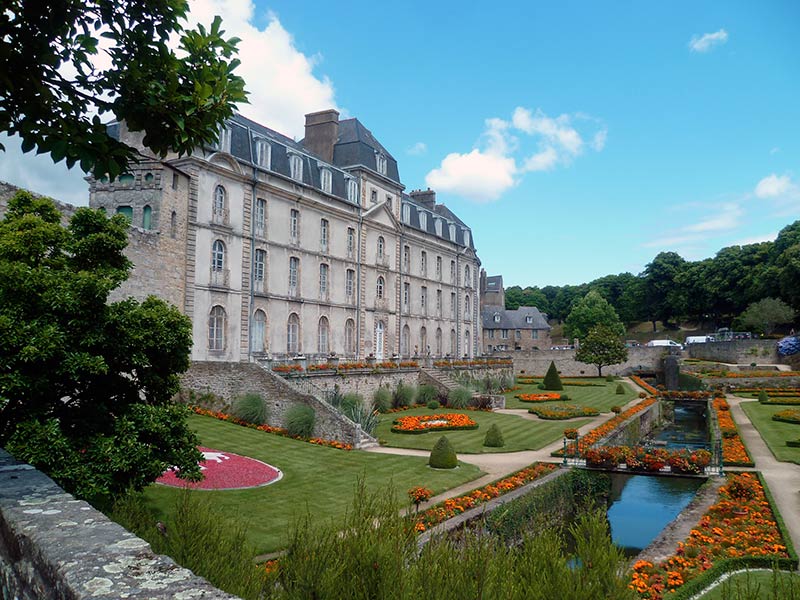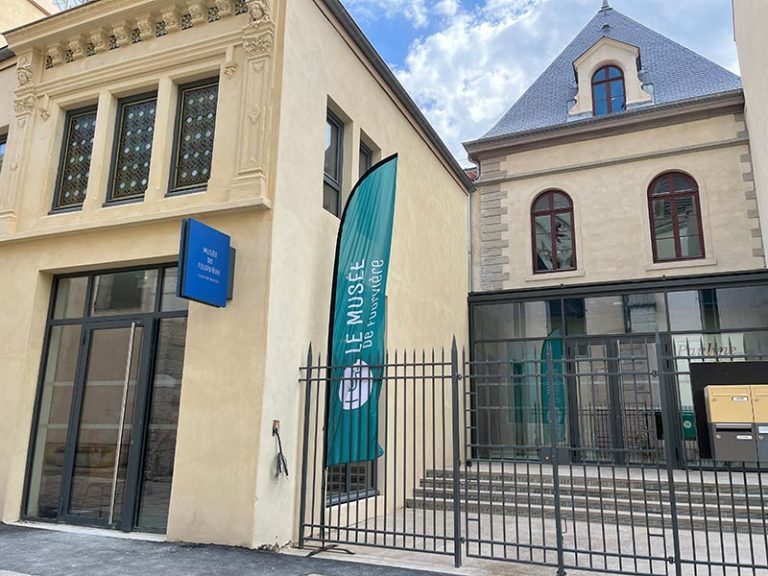The Vannes Museum of Fine Arts relocation project is delayed. Established in La Cohue for more than forty years, the museum was to move into the Château de l'Hermine before the end of 2025, after renovation of the building and construction of an extension in the courtyard. The discoveries made during preventive archaeological excavations, however, postponed the launch of the site and meant rethinking the construction of the future museum. The building permit is hoped for during the year, which would allow work to begin in 2025.
The current Château de l'Hermine is a private mansion from the end of the 18th century built on the site of the medieval fortified castle of the same name, built at the request of Duke Jean IV of Brittany from the 1380s. In 2021, the The National Institute for Preventive Archaeological Research (Inrap) carried out an archaeological diagnosis revealing the existence of remains of the medieval building.
Archaeological excavations prescribed by Drac Bretagne and financed by the City of Vannes were then carried out in 2023, revealing a ducal dwelling larger than expected with its ornamented facade, different rooms and several staircases. The first research, carried out between February and April, focused on the cellars and the courtyard of the hotel – covering an area of more than 2,300 m² – while a second phase, carried out during the autumn, made it possible to new discoveries. Researchers notably found traces of the existence of a mill integrated into the structure of the castle, as well as numerous everyday objects such as terracotta dishes, kitchen utensils but also some jewelry and coins.
Fabien Le Guernevé, deputy mayor in charge of culture, spoke about these discoveries during a general meeting of the Friends of Vannes in March, ensuring that “the scenography of the museum will include an interpretation of what the site of the Château de l'Hermine was with the architectural discoveries that will be made there”. He confirms that the remains cannot be visible through a glass floor since they are located at the level of a water table which requires the museum to be waterproof. On the other hand, a digital model and a tactile model for the visually impaired will highlight these discoveries.
The Nieto Sobejano architectural firm, in charge of the project, has also rethought the construction of the future museum in recent months, so that it does not damage the unearthed remains. Construction piles will be used in particular for the design of the extension into the courtyard, which will accommodate part of the permanent collections, a temporary exhibition room, an auditorium, an educational space, a documentation room and administrative premises.
The cost of the construction site is also impacted. “We started with 17.5 million euros but obviously, this budget will be exceeded. However, the City will not go beyond what is reasonable” Fabien Le Guernevé explained to West France.
The Vannes Museum of Fine Arts presents collections mainly from the 19th century. It exhibits numerous paintings by Breton artists of the 19th and 20th centuries, such as Charles Cottet (1863-1925), Flavien Peslin (1847-1905) and Jean Frélaut (1879-1954), as well as a large part of the work by Geneviève Asse (1923-2021), donated to the City in 2013. The centerpiece of the museum is the famous painting Christ on the cross by Eugène Delacroix, one of his rare religious compositions painted in 1835.
The Museum of Fine Arts of Vannes or Musée de la Cohue.







